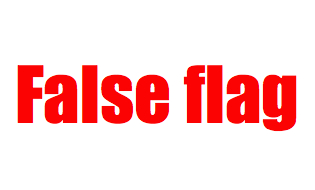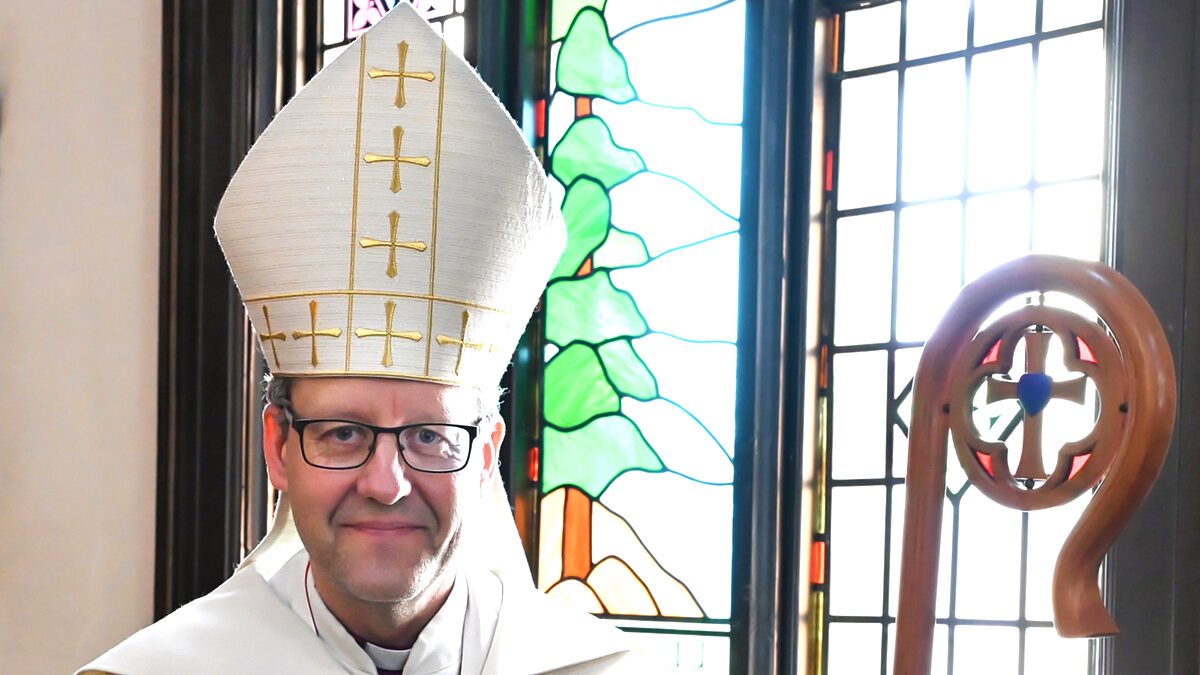(The name ‘false flag' originates from naval warfare, where the use of a flag other than the belligerent's true battle flag as a disguise, before engaging the enemy, is said to have been long acceptable historically.)
The recent Russian takeover of Crimea and the continuing military confrontations in south-eastern Ukraine put into question whether this is classical ‘false flag' activity or a genuine domestic insurgency. The jump from ‘false flag' to a recognizable conspiracy theory is only a matter of time.
Most dictionaries define ‘conspiracy theory' as that which seeks to explain a disputed case or matter as a plot by a secret group or alliance rather than an individual or isolated act. In our society today there is a certain negative undertone to the term ‘conspiracy theory'. Critics point out that conspiracy theories often contain features that weaken their credibility. Others insist that the conspiracy theorist's total self-confidence in his facts undermines his own authenticity. Placing a conspiracy theory in the category of an alternative explanation would give it some level of believability.
Take for instance the story about who were the real military initiators of the annexation of Crimea by Russia. At the end of February the presence in Crimea of well-armed and disciplined troops wearing uniforms with no markings or identification (although young members of such a unit admitted to being from Russia in TV interviews) was fuelling speculation about whether they were Russian or pro-Western Ukrainian.
It was also speculated that they were private security contractors working for the Russian military, eventually named the ‘Russian Blackwater', a suitably sinister moniker. The Blackwater label being stuck to Russia's operatives in Crimea would eventually become extremely irritating to the officialdom in Moscow, so the story morphed into “Blackwater in Ukraine' saga.
Soon a post appeared on a Russian website entitled “According to our Ukrainian friends” that up to 300 people contracted by ‘Greystone Limited' had arrived at Kiev's international airport. It was pointedly noted that Greystone had connections with Xe Sdervices, formerly known as Blackwater. Shortly thereafter, Voltaire Network reported. “US mercenaries deployed in Southern Ukraine”. The source for their report was none other than Russian political scientist Alexandr Dugin.
The Dugin name being linked this early in the development of a conspiracy tale is seen as very significant. The Voltaire Network refers to him simply as a Russian political scientist. He is actually the leading ideologist promoting the Eurasian Movement which seeks to restore the Russian Empire and is committed to the break-up of Ukraine.
Dugin thereafter wrote on the website Open Revolt the following: “Ukraine as it was during the 23 years of its history has ceased to exist. Russia has integrated Crimea and declared herself the guarantor of the liberty of the freedom of choice of the East and South of Ukraine.”
Then a video appeared on You Tube. The video depicted a group of men dressed in paramilitary gear, supposedly on the streets of Donetsk, running around in confusion. the Russian iRusTV channel claimed they were American Blackwater mercenaries.
Then the British ‘Daily Mail' speculated that: “Has Blackwater been deployed to Ukraine? Notorious U.S. mercenaries seen on the streets of the flashpoint city as Russia claims 300 hired guns have arrived in country.”
Now that the story had received the authentication of an established Western news carrier, the Russian media was ready to take the saga a little farther. It cleverly assumed a cautious posture, stating numerous disclaimers such as the authenticity of the videos are difficult to verify, etc. A credible story had developed from some unconfirmed bits of unreliable information. (To be continued)
Laasa Leivat




